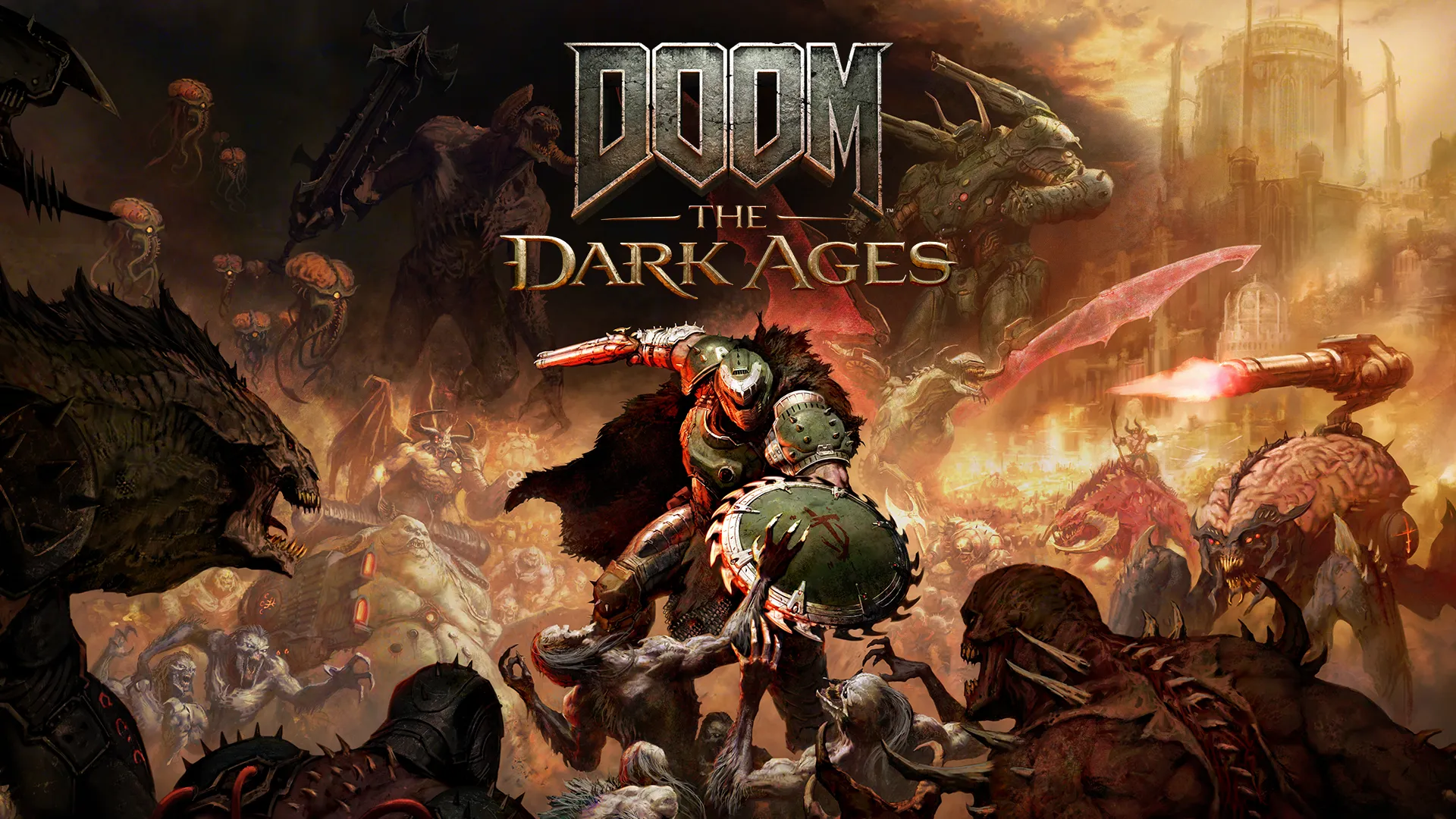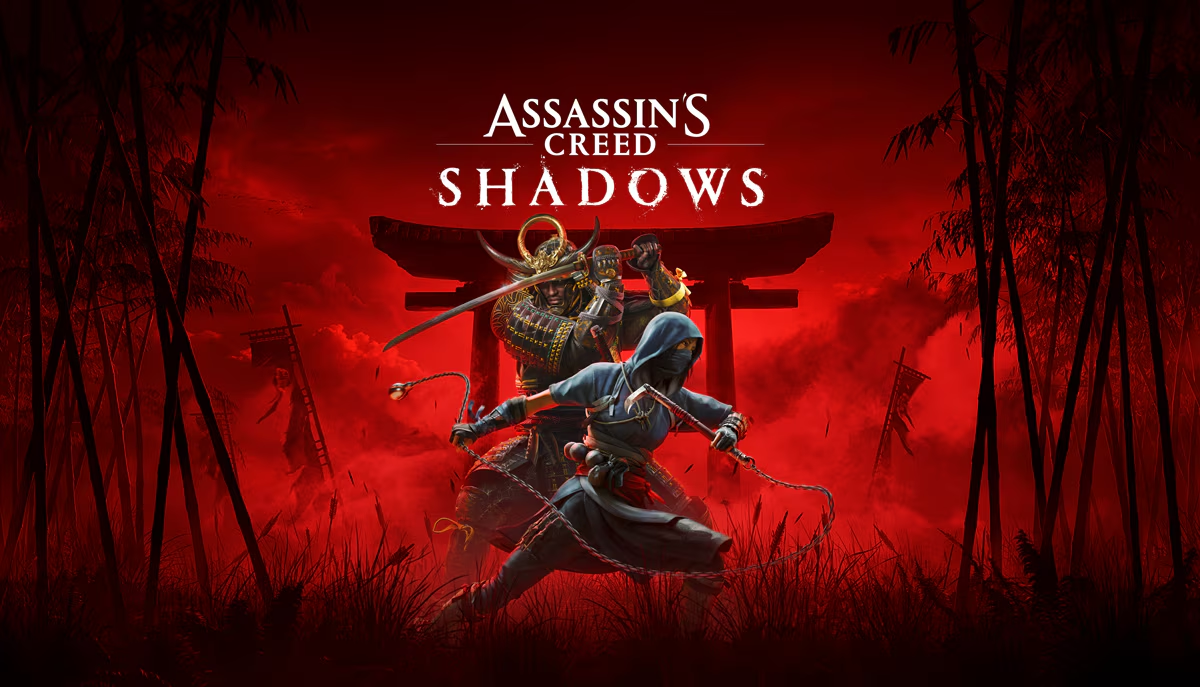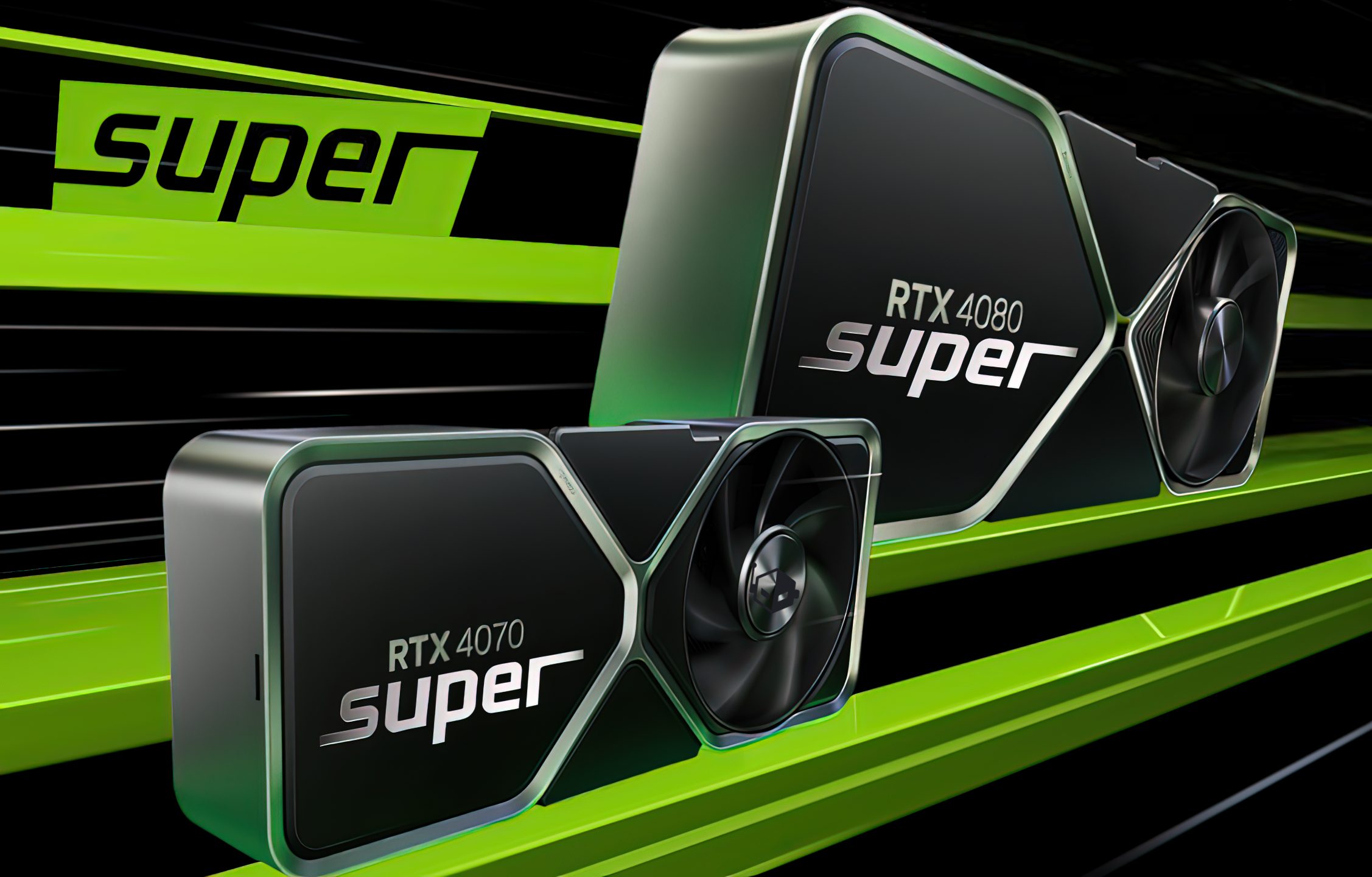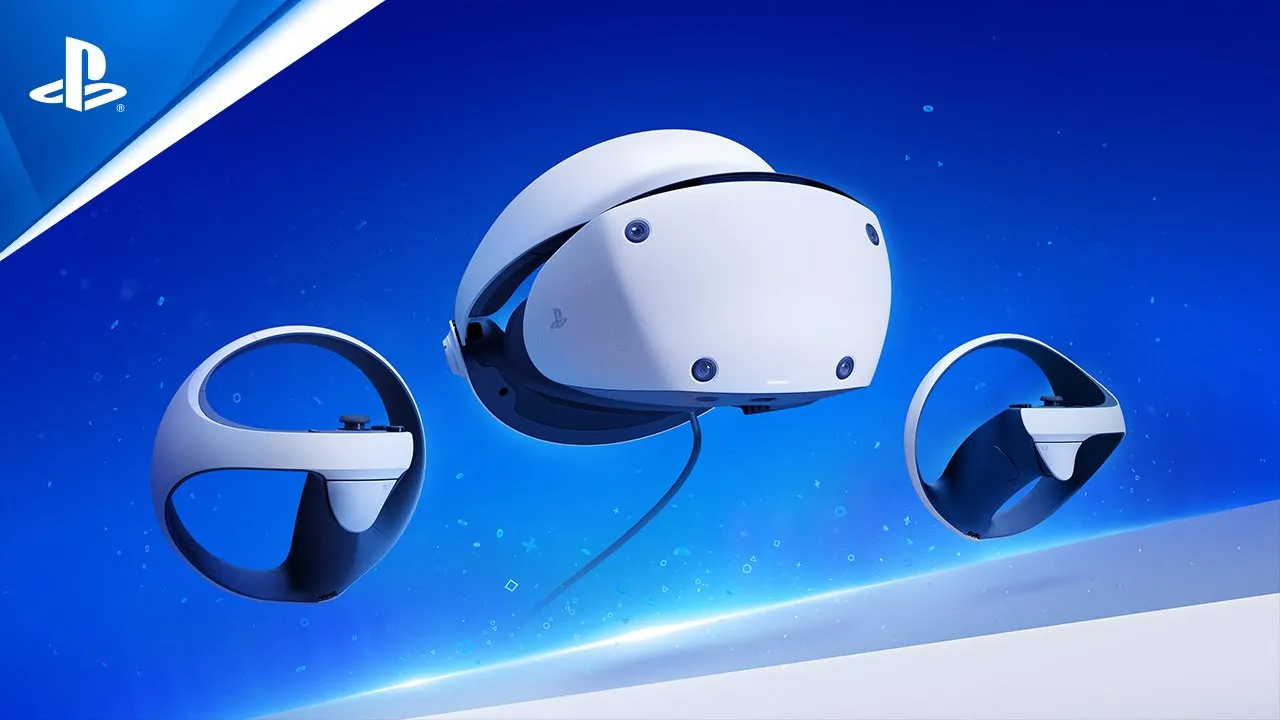Doom: The Dark Ages has arrived, unleashing its medieval-inspired hellscape upon PCs and consoles. Built on the latest iteration of id Tech Engine 8, the game promises a visceral and brutal experience. But how does it perform across different hardware? Let’s dive into the performance reviews.
PC Performance: A Well-Optimized Beast (Mostly)
Initial reports indicate that Doom: The Dark Ages is a surprisingly well-optimized PC release, especially considering its high visual fidelity and the “ray tracing mandatory” nature of the engine. Digital Foundry’s Alex Battaglia lauded the game for its smoothness, lack of traversal hitches or shader compilation stutter, a welcome change from many recent PC releases.
- Low-End to Mid-Range: Eurogamer reports the game runs well even on modest hardware like an AMD Ryzen 5 3600 and RTX 4060, achieving playable frame rates at 1440p with DLSS in Quality mode and max settings (including RTGI and RT Reflections). Optimized settings for lower-end GPUs can yield significant performance gains with minimal visual degradation.
- High-End: Tom’s Guide tested the game on an RTX 5090 equipped Alienware Area-51, achieving a blistering 155 FPS at 4K with Ultra Nightmare settings and DLSS Frame Generation disabled. Enabling DLSS 4 x4 pushed the frame rates to an astonishing 344 FPS, although likely overkill for this type of single-player experience.
- VRAM Usage: VRAM usage appears to be well-managed, with 8GB being sufficient for 1080p and 1440p even at maximum settings.
- Upscaling: The game supports NVIDIA DLSS, AMD FSR, and Intel XeSS, along with frame generation from both NVIDIA and AMD, offering significant performance boosts without major visual compromises.
- Ray Tracing: While the engine is built around ray tracing, the initial implementation seems performance-conscious. Higher reflection quality settings beyond “high” currently offer no visual or performance difference without the yet-to-be-released path tracing patch.
- Potential Issues: Some users have reported the game not defaulting to their native resolution, causing initial blurriness. This is easily rectified in the settings.
Console Performance: A Tale of Resolution and Stability
The console performance paints a slightly more nuanced picture, with the Xbox Series X generally exhibiting the most stable performance.
- Xbox Series X: Digital Foundry reports a “perfect” 60 FPS lock throughout their testing, making it the most consistent console experience. The resolution targets 1440p.
- Xbox Series S: While also targeting 60 FPS, the Series S sees more significant visual cuts in level of detail, rendering distance, textures, global illumination, and post-processing. The resolution can dynamically drop as low as 635p in demanding scenes, and some frame rate dips occur in heavy combat.
- PlayStation 5: The base PS5 aims for 1440p but experiences more frequent frame rate drops into the mid-50s, even in less intensive scenes. Digital Foundry noted the fluidity feeling lower than the Xbox Series S at times.
- PlayStation 5 Pro: While the PS5 Pro targets a higher dynamic resolution (1662p upscaled to 2160p with 60fps), it also suffers from frame rate drops in demanding combat and open areas, similar to the base PS5. Digital Foundry concluded that the performance improvements over the base PS5 weren’t substantial enough, and the Xbox Series X remains “king” in terms of consistent performance.
- Variable Rate Shading (VRS): The id Tech engine utilizes VRS on both Xbox consoles, which may contribute to their more stable performance. The implementation on PlayStation consoles appears less consistent. Ray-traced reflections are not present on consoles.
Overall:
Doom: The Dark Ages appears to be a technically impressive title, particularly on PC where the optimization allows even mid-range hardware to deliver a smooth and visually appealing experience. The console performance, while aiming for 60 FPS across the board, shows some inconsistencies, with the Xbox Series X currently offering the most stable frame rates. PlayStation users, especially on the base PS5 and even the Pro, may experience noticeable frame drops in demanding scenarios.
As with any new release, patches and driver updates could further refine performance across all platforms. However, the initial performance reviews suggest that id Software has largely delivered a technically sound foundation for this brutal and highly anticipated entry in the Doom franchise.






